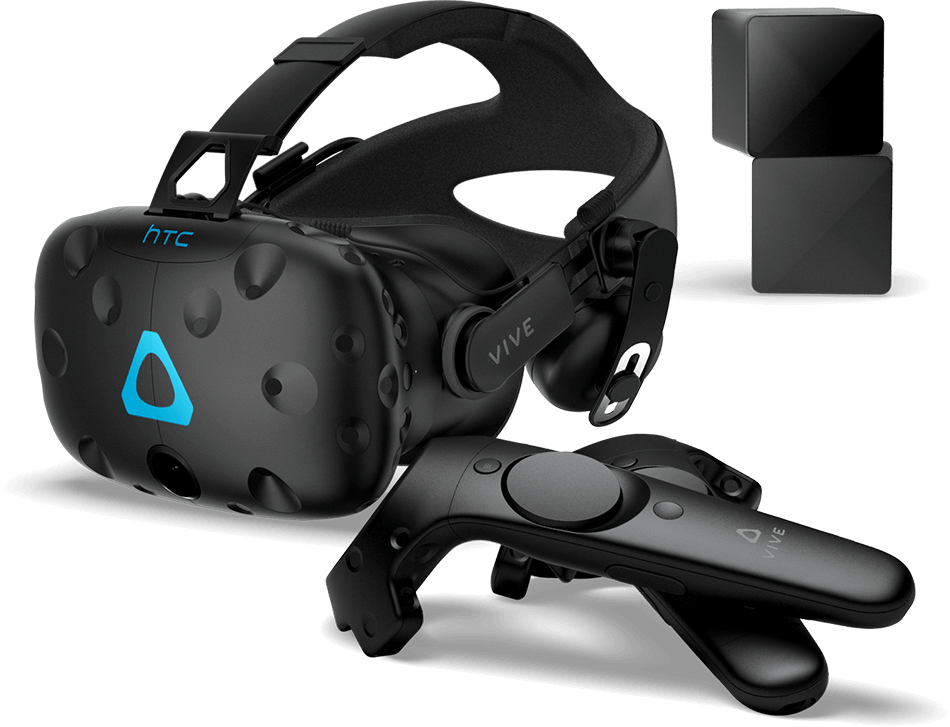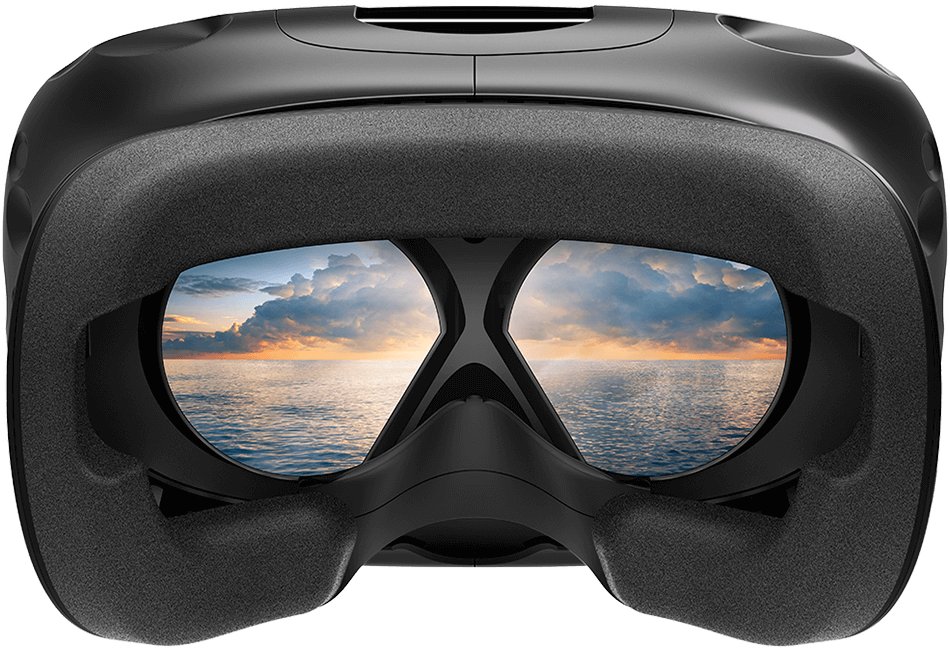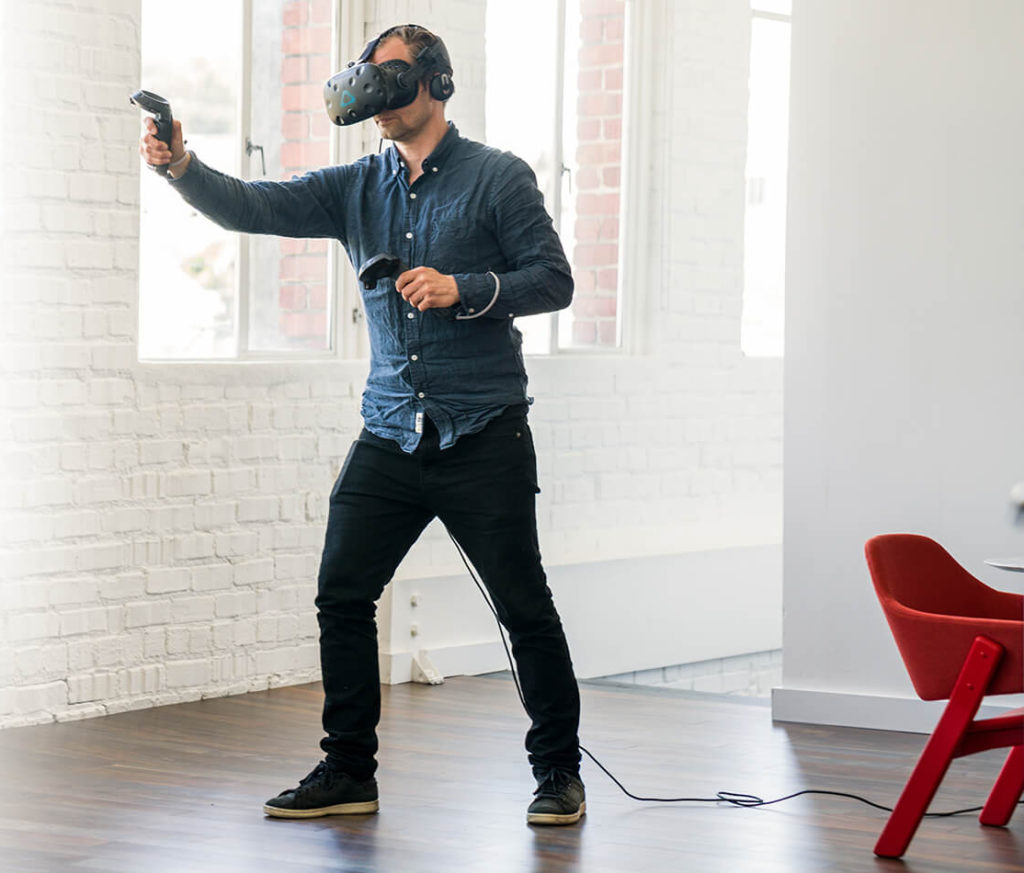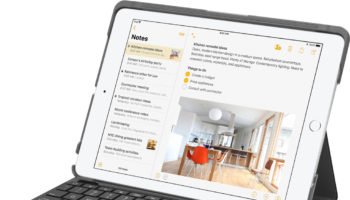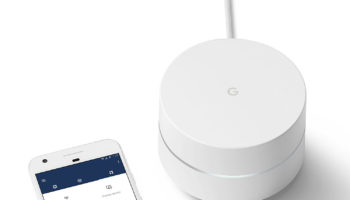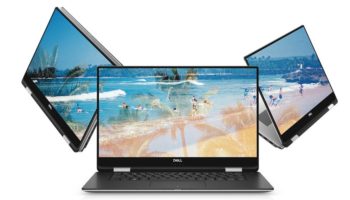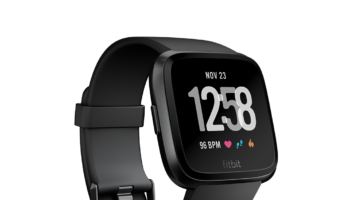Last week, the HTC Vive Business Edition (BE) VR headset was launched in India. Ever since the release of mainstream virtual reality headsets least year, businesses began seeing the endless possibilities the technology could provide in a business setting.
According to research from Tractica, “uptake of VR in business…is forecast to outpace leisure use of the technology in coming years, with spending reaching 9.2bn by 2021…” (Forbes). So what can the HTC Vive provide for businesses? And what will virtual reality headsets provide for businesses down the line?
HTC Vive BE Features
The Vive BE offers the same hardware as the consumer version, but customers will be able to buy in bulk. When HTC realized that businesses were using the technology for things, such as architecture and 3D design, it jumped on the opportunity. Although it comes at a price (slightly more expensive than the consumer version of the product), buying in bulk is very helpful for businesses, especially since the Vive has recently been on backorder. The technology will also be accompanied by a dedicated support line.
Again, this is a huge improvement to the consumer version as people have already had trouble finding solutions and getting a hold of customer support for problems with the Vive. Although small, this first step towards bringing virtual reality to businesses is a step in the right direction. Only some of the positives of using VR for business are known, and there are many more to discover.
Uses of Virtual Reality in a Business Setting
Although HTC is just breaking into VR headsets for the business sector, businesses have actually made use of VR for a long time. Any process businesses would carry out in the physical world can be simulated using virtual reality. This ranges from customer service to production, and creates so many possibilities. One of these possibilities is using virtual reality for training.
Since any situation one might encounter on the job can be simulated, trainees can use VR to gain experience from situations, and learn from mistakes. A major example of this is public speaking systems which have already been implemented by VR technology. Another possibility is using virtual reality to allow people to carry out tasks without being present, thus saving time and resources.
VR and Training
VR technology is already being used for training. In healthcare, surgeons are taking advantage of the “reset switch” available if things go wrong, in order to train for big and complex surgeries. Simulations of surgeries can be carried out in a real-life setting where doctors can experiment with different life or death choices and tools to see what works and what doesn’t.
Pilots have also been using virtual reality to better themselves in the field. Although pilots have relied on simulators for a long time now, virtual reality allows for a more cost-efficient and portable experience to be accessible. This allows for more simulated hours and more experienced pilots. Teachers and police officers are among others using VR for training as well. The next to join is the business world who will use VR to train employees on customer service, public speaking, and more. The possibilities are endless.
VR and Customer Service
Eventually, businesses hope virtual reality will be used for information on customer behavior. As customers begin to use virtual reality more and more to visit show rooms and test out products without actually going to the store, more information can be gathered. That is because the business and the customer will be interacting digitally, and therefore, data can be gathered on how the customer acts, reacts and interacts. Not only will this be convenient for the customer, but it will provide the business with information to improve sales.
Future of Virtual Reality
Bringing virtual reality to businesses and making it more accessible to companies is only the first, small step for VR in businesses. As we have seen in other fields, there are so many possibilities for using VR in training. With that comes better customer service, which can also be aided by using virtual reality to gather data on customers. There is so much potential for virtual reality in the business world that it is hard to guess where the technology will go next. No matter what, the consumer experience is bound to be improved.
